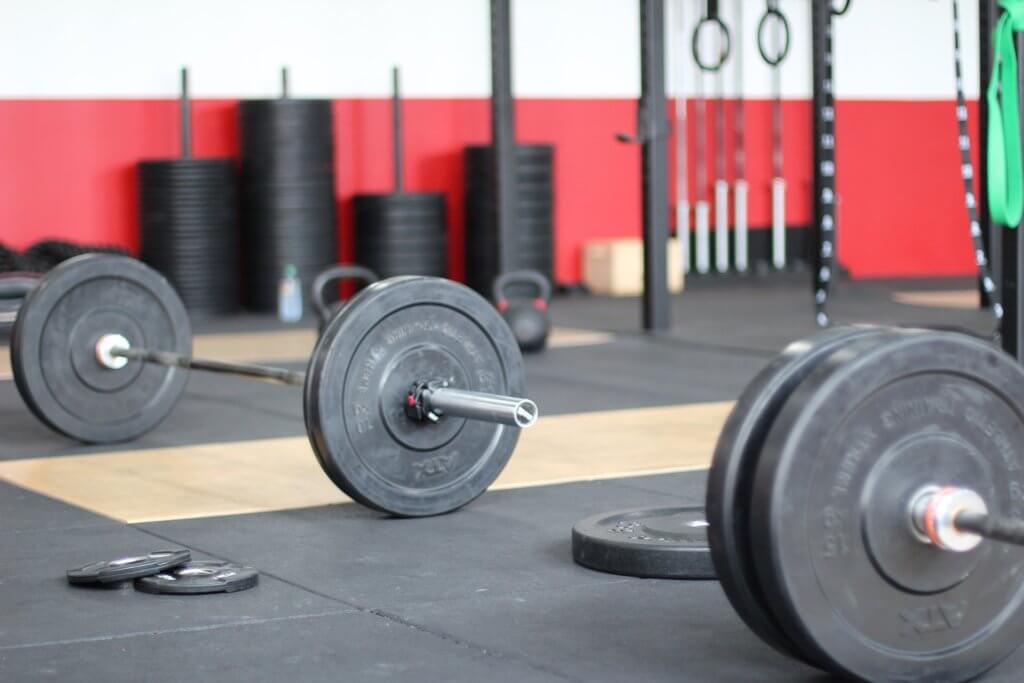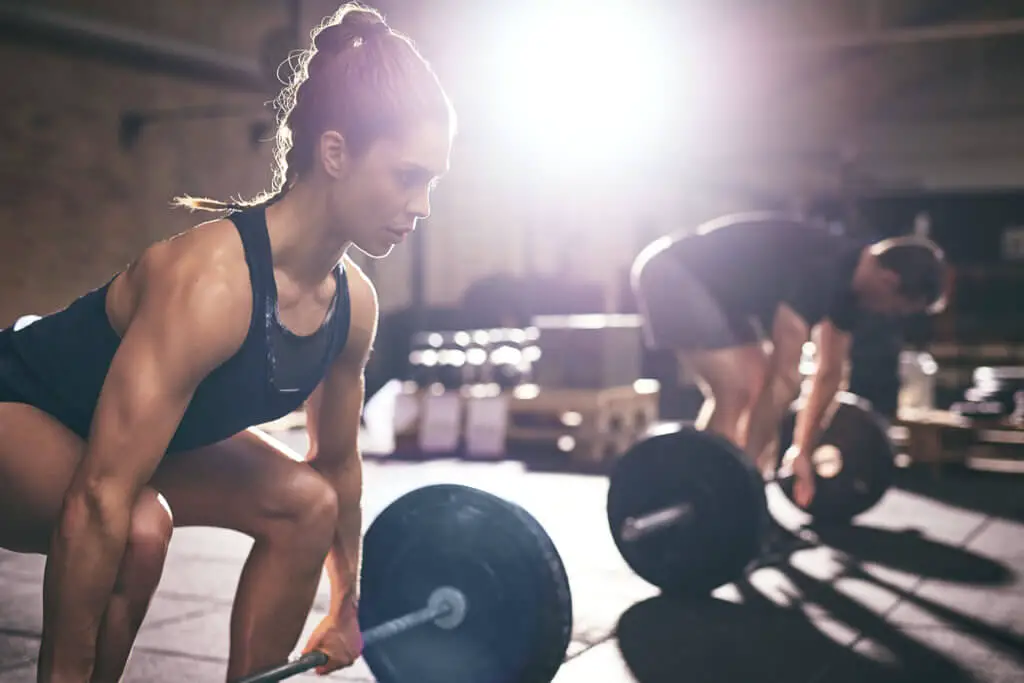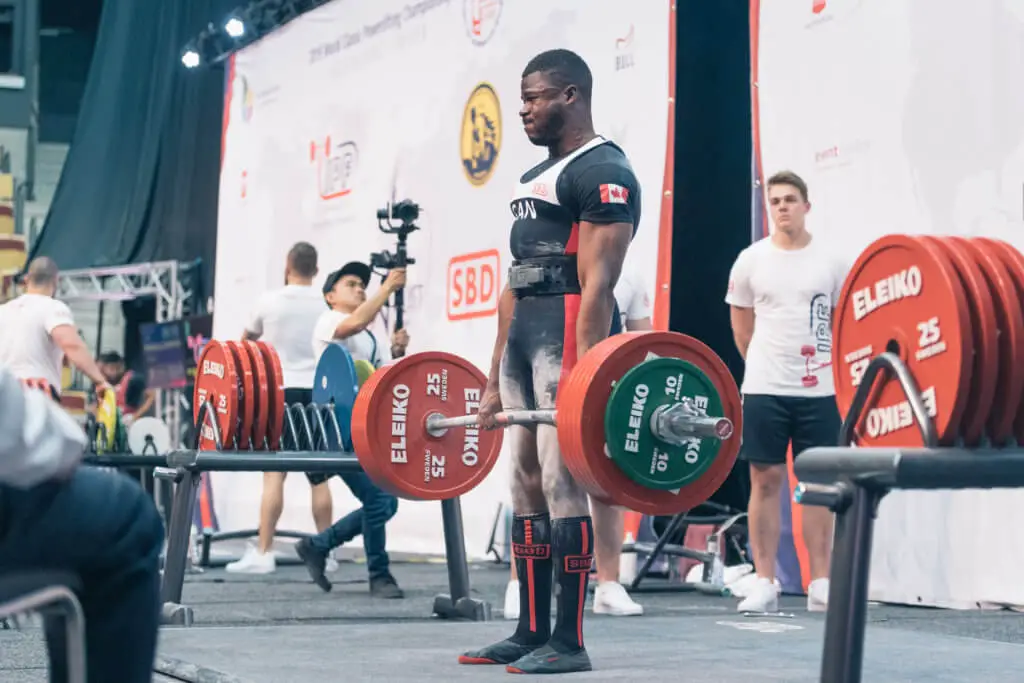Learn How to Deadlift with Proper Form: The Deadlift Guide

This is how to deadlift with proper form:
- Starting position stand having your mid-foot under the barbell
- Hinge over and grab onto the bar generally maintaining shoulder width distance
- Bend your knees until you feel tension in your hamstrings
- Keep your chest up and a neutral lower back
- Brace your core in-order to maintain tension. Stand up driving your legs through the ground while maintaining a neutral spine, keeping your chest up, and shoulders back.
- Bring the weight back down in a controlled manner.
Check out these deadlift tips from a World Record Breaker.
Important Notes:
If you were to compete in competition you would not get a down command until your hips locked and square, shoulders are back and you show control of the weight. Are you looking for programs or resources to help improve your deadlift and strength? If yes Subscribe to our Patreon Page.
How to Improve Your Deadlift?
Improving strength goes hand in hand with improving efficiency of the movement. As you improve the efficiency of the movement you will become more proficient and you will be able to move more weight.
Deadlift Basics
How to Deadlift

With the deadlift each rep starts from the ground hence the “dead” in deadlift unlike the Squat or Bench Press. You start at the bottom, pull the weight up and then return it to the floor. Let’s go through the steps in a bit more detail.
- Approach the bar. Having your mid-foot under the bar. Shins close to the bar. Feet generally hip-width apart for a conventional stance, narrower than on Squats. Depending on your hip mobility point your toes out 15°.
- Grab the bar. Bend over gripping the bar about shoulder width apart common mistakes is gripping the bar too wide.
- Bend your knees. Drop into position by bending your knees until you feel tension in your hamstring and your shins come in contact with the bar.
- Lift your chest. Keep your back neutral, raising your chest and bracing will help. While you do this do not change your position.
- Pull. Brace by taking a big breath keeping your core tight and engaged. Keep the bar close to your body while maintaining a vertical bar path. Avoid shrugging, leaning back or flexing your biceps.
How to avoid tearing a bicep when deadlifting.
Important Deadlift Cues

Your levers will impact your deadlift setup which is why you see so many variations of deadlift setups. This is why it is important to find out what works best for you and make sure you are not just copying the next person in the gym.
For example, if you have short thighs with a long torso, you’ll generally setup with lower hips than someone with long thighs and a short torso.
Follow these cues below to help find your optimal deadlift setup.
- Straight Bar Path: Keep a vertical line over your mid-foot
- Stance: Feet hip-width apart
- Feet: Grounded to the floor
- Grip width: Generally, shoulder width apart
- Grip: Depends on preference e.g. mixed, double overhand, hook grip
- Arms: Arms should be like hooks and stay straight throughout the entire pull
- Chest: up to avoid back rounding,
- Lower Back: neutral – Don’t round your lower back. Experienced lifters may use the rounded thoracic spine approach which we don’t recommend for beginners.
- Shoulders: back and set in shoulder girdle
- Head: Neutral
- Hips: at the setup like a hold squat or until you feel tension in your hamstrings, hips higher than parallel. Avoid Squat your deadlifts also acceptable on the eccentric.
- Breathing: before you pull ensure to brace by taking a big breath of air in and maintaining tension in your core. exhale at the bottom.
- Between Reps: Healthy habits include resetting your form after each rep, not compulsory.
- Knees: neutral or slightly pushed out to the side on the way up, lock them out at the top.
- Lockout: lock your hips and knees, keep your shoulders back and don’t lean back or over extend at the top.
Follow these tips to learn how to deadlift properly!
Muscles Worked
Deadlifts are a compound movement that work most of the muscles in your body. Your legs mainly hamstrings and glutes are the prime movers. Your core and back muscles will help to stabilize your body and maintain a neutral spine. A lot of other muscles are contributing to a limited degree as well.
- Legs. To straighten your hip hamstring and glutes are the main movers. Next, your quadriceps will straighten your knees. and calves your ankles.
- Back. Lats help to keep the bar close to your body, most of your back muscles are helping to stabilize your spine.
- Traps. Your traps contract to keep you shoulders in place.
- Abs. help support your lower back and maintain tension during the movement.
- Arms. From gripping the bar it will strengthen your forearms, although your biceps and triceps don’t contract they work isometrically.
Check out some
Popular Deadlift Products


